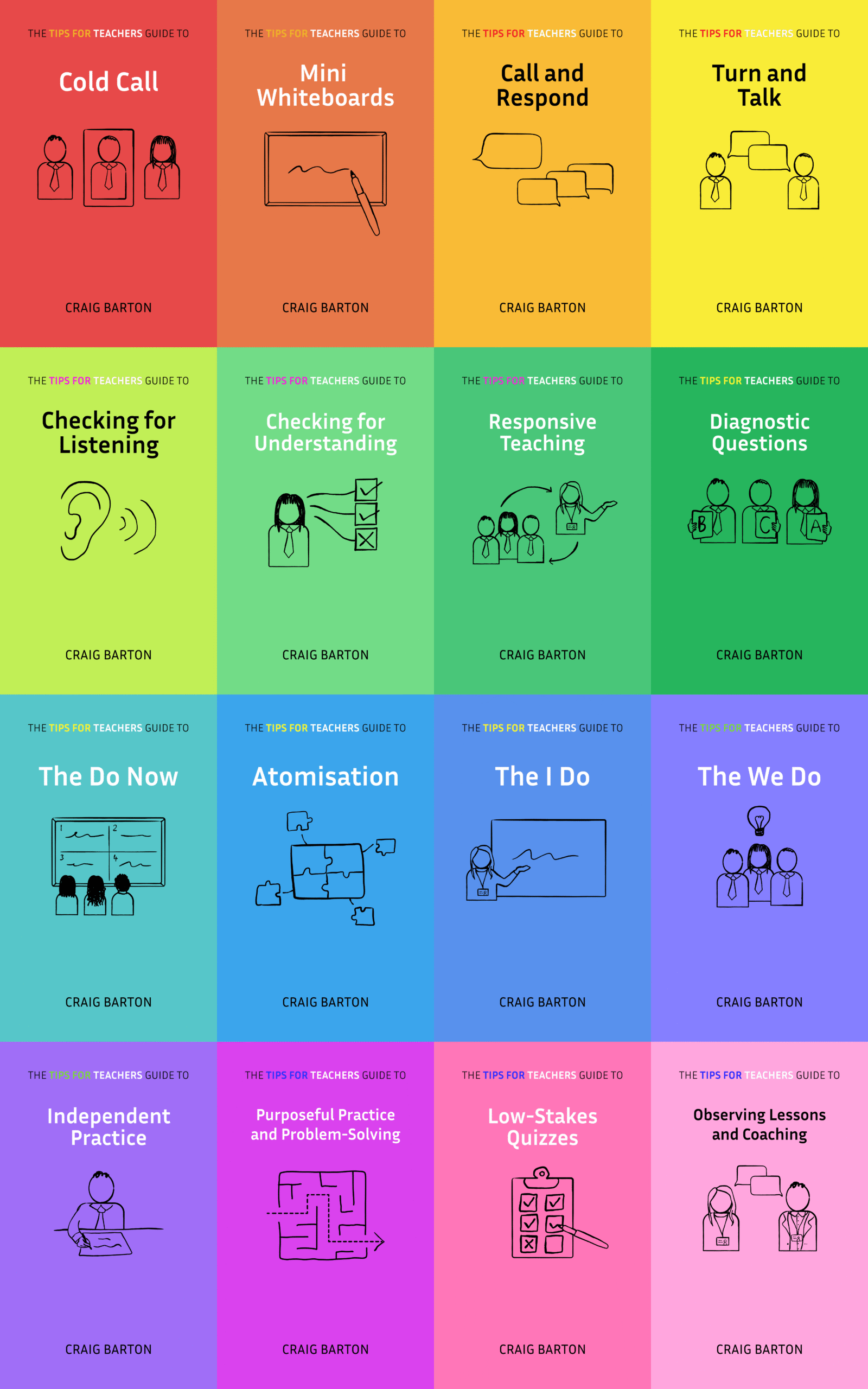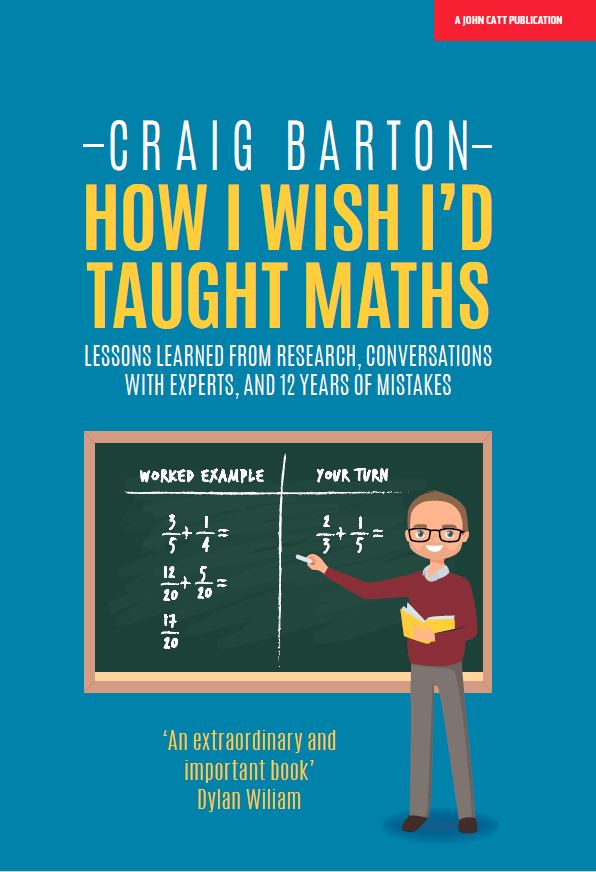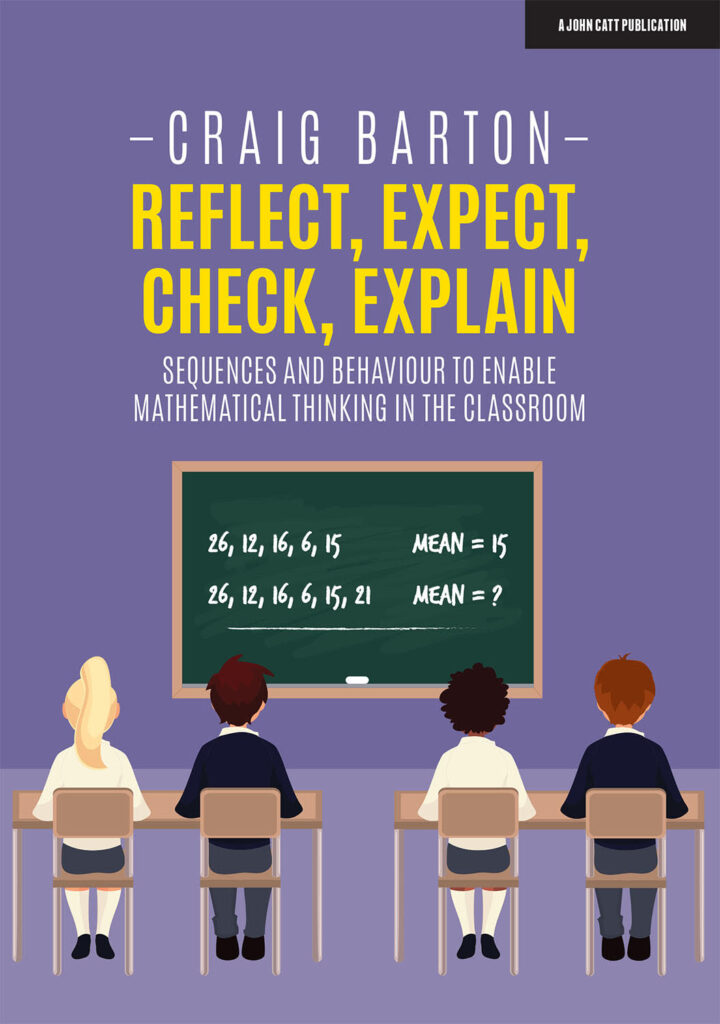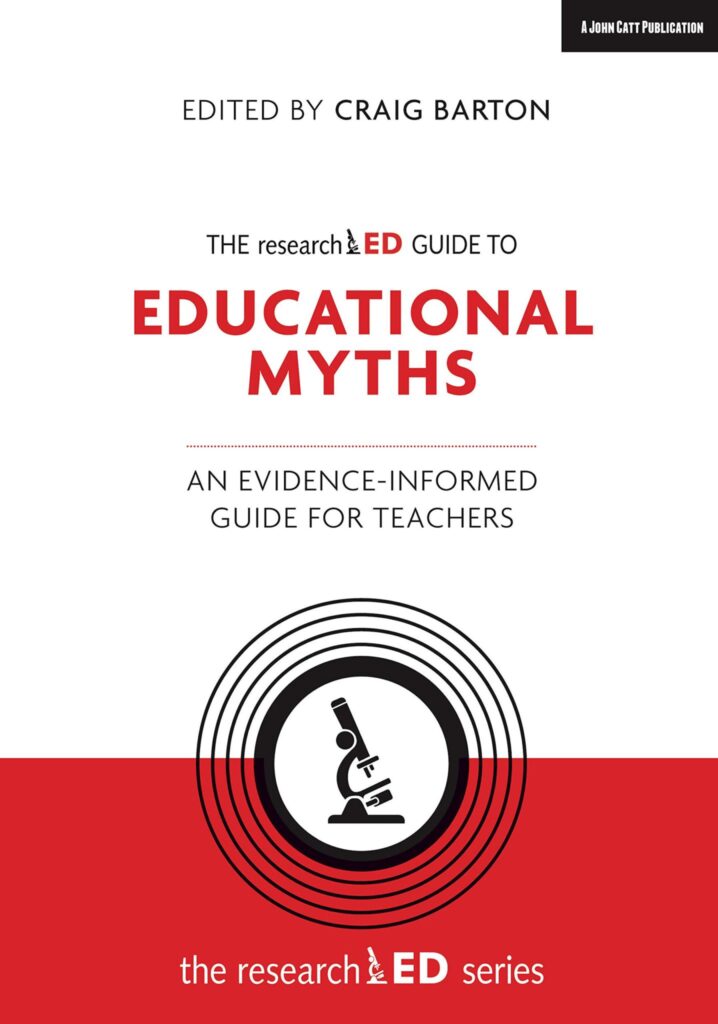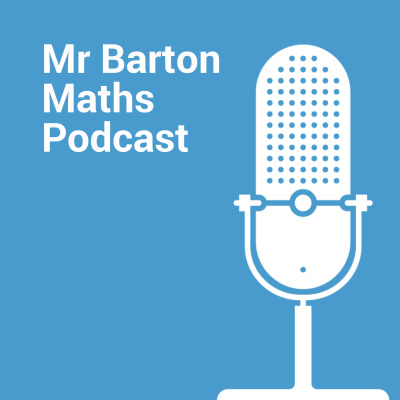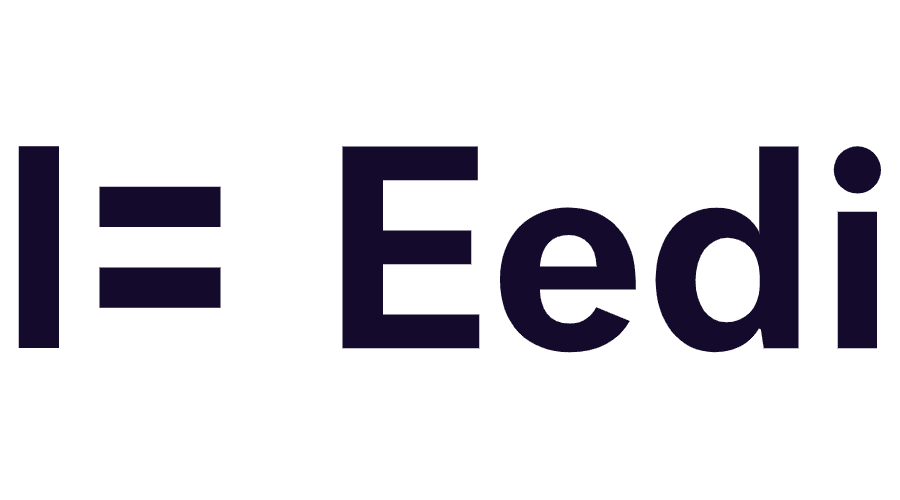Summary
This YouTube transcript discusses the critical importance of checking for understanding in education. Effective teachers regularly assess student comprehension, using various methods like cold calling, mini-whiteboards, and peer discussions, to inform their instruction. The discussion emphasizes responding to assessment data and adapting teaching strategies accordingly. Different assessment techniques, such as varied questioning types, are explored for their strengths and weaknesses in revealing student understanding, with an emphasis on using the best method for a given learning objective. The speakers also highlight the value of a “we do” phase in instruction to check for understanding and adapt teaching.
What are the implications for teachers?
Based on the provided source, here are some implications for teachers regarding checking for understanding:
- Checking for understanding is crucial. If teachers aren’t checking for understanding, they are not working out the difference between what they think they are teaching and what students are actually learning.
- Formative assessment is essentially checking for understanding. This means that the techniques used in formative assessment, such as cold calling and mini whiteboards, are useful methods to gauge student comprehension.
- Teachers should act on the data they collect from checking for understanding. It’s not enough to simply check for understanding, teachers need to use the information to adjust their teaching. This might include how to respond when some students understand and some do not.
- Checking for understanding is the basis of working out what works in education. By systematically checking for understanding, teachers can determine which teaching methods are most effective. This process of trying something and checking if it works is the basis of all learning.
- Teachers should consider how they will respond to the results of checking for understanding. Preparing in advance how to respond to different scenarios is important.
- There are many mechanisms for checking for understanding, including cold call and mini whiteboards. Mini whiteboards are effective for quick responses like multiple choice or single word questions. They are also excellent for extended written answers. Cold calling can be good for getting students to verbalize their thinking and for in-the-moment engagement during worked examples.
- Teachers should consider the timing and type of answer when choosing how to check for understanding.
- Teachers can get the best of all worlds with a “Holy Trinity” approach: asking a question, having students work it out on the back of mini whiteboards, write the final answer on the front of the whiteboards, and then discuss with partners.
- The “we do” part of a lesson is an important check for understanding within the worked example process. This could include call and response, mini whiteboards, and cold call.
- Teachers should vary the types of questions they ask to check for understanding. The content being taught should determine how teachers check for understanding. Some concepts may require verbal or written responses, while others can be assessed with diagnostic questions.
- Probing into the root of a student’s misconception can help direct responsive teaching.

